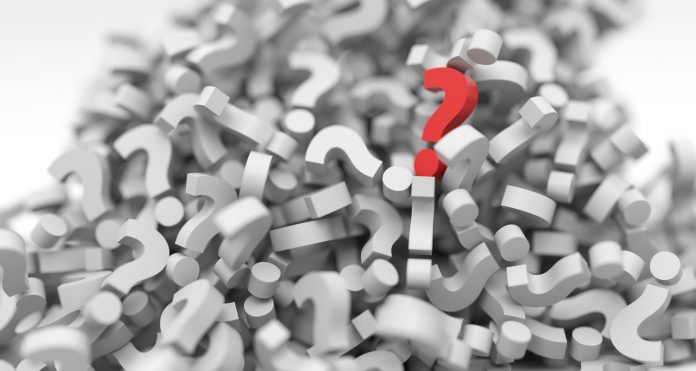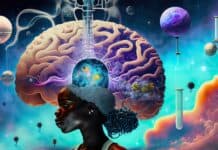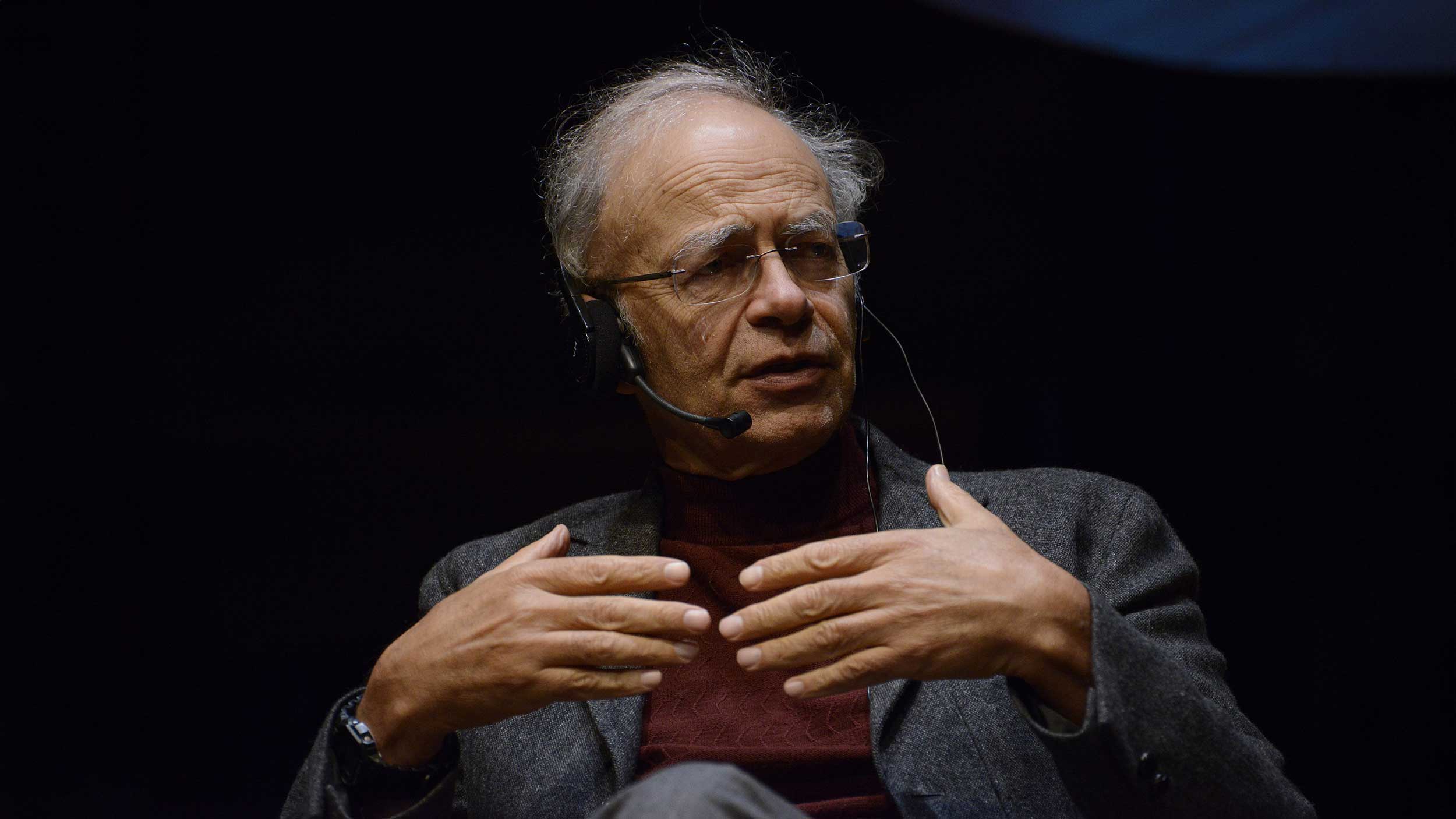Humans generally try to avoid the feelings of uncertainty and ambiguity. We are naturally inclined towards resolving ambiguous situations asap. When we are put in a position that we can’t identify and define within a known set of parameters, our brain desperately tries to make sense of it.
The brain’s first reaction is trying to recognize new patterns while staying open for alternative explanations of situations and events. But in case the problem seems impossible to solve, the brain tries to reach a definitive conclusion, urging us to make a decision even if that’s not the best decision to make. The period of creativity, when we stay open for alternatives, is therefore quite short, if we don’t focus on it more and develop it further.
When our brain makes a decision, it sticks to it, regardless of the disparities and inconsistencies that may come later. Resolving ambiguity causes the brain to ignore inconsistencies and makes us see the picture as more clear than it actually is. In this phase, people tend to stick to their choices and look for reaffirmation among the like-minded.
Our clingy relationship with certainty is merely one of the many built-in mechanisms that enable us to communicate better and prevents misunderstanding. From the massive swarm of information we find ourselves in every day, we need to be able to recognize a number of different patterns. That is why we are able to read a text with several letters missing or placed in a wrong order without much difficulty.
To be open-minded – what does that really mean?
An important ability that comes handy in today’s world is maintaining the right balance between making fast decisions by using established mental schemes and persisting in ambiguity long enough to trigger change and improvement (even though this means we need to deal with increased levels of anxiety and discomfort).
Research about how we deal with ambiguity and what it means for our everyday life is analysed and presented in detail by Jamie Holmes in his book Nonsense: The Power of Not Knowing (Crown, 2015). He describes how in this complex and unpredictable world the most important traits are no longer just intelligence, determination and knowledge, but also being able to face something we don’t know and understand. It is increasingly important to be able to make a decision in circumstances where we don’t have enough information and when the framework for making a decision is not entirely clear.
The ability to deal with those moments of ambiguity when we are faced with the new, the incomprehensible, and the unknown, is becoming increasingly important. If we are able to endure in an ambiguous state for a longer time and weigh our options, we are more likely to make a decision that would prove to have long-term benefits. The ability to live in ambiguity has nothing to do with the person’s intelligence. It’s an ability to function in specific circumstances when we can’t rely on previous knowledge and experience.
Tasks structured like algorithms, when we act according to fixed patterns without adjusting to change, novelty or unpredictable events, are bound to decline in the future and will only be executed by machines. While in dealing with unstructured problems and new situations people shall remain indispensable at least for a while longer. These are mostly problems without known answers, answers we would need to come up with on our own, or solve the problems by using fixed algorithms.
It is therefore important for companies and organisations to establish conditions that would support ambiguity, in addition to supporting fast decision-making that doesn’t necessarily produce the best long-term results. Educational system will also need to start preparing the students for facing ambiguity and staying open-minded.
Stress kills innovation
Our tendency to avoid ambiguity and our wish to clarify and solve dilemmas depends greatly on our external circumstances. Research shows our tolerance towards ambiguity depends on our emotional state. When under stress, we are less ready to keep an open mind about different possibilities. In a stressful environment, we are driven to make a decision as fast as possible and solve the dilemma, even if the solutions are only temporary and not in our long-term interest.
In a period following a natural disaster, like an earthquake or a hurricane, people tend to behave differently than before the catastrophe. After the crisis statistics note a rise in the number of marriages, divorces, and childbirths. People tend to have more difficulties in dealing with uncertainty and are likely to make finite decisions. It seems a catastrophe, after wreaking havoc on a community, makes us refuse to put up with ambiguity and forces us to solve dilemmas and make reckless decisions.
It turns out that even minor external disturbances can have an effect on how much we tolerate and accept alternative interpretations of events. In stressful circumstances, we are much quicker to resort to stereotypes and to give simple answers to complex questions.






